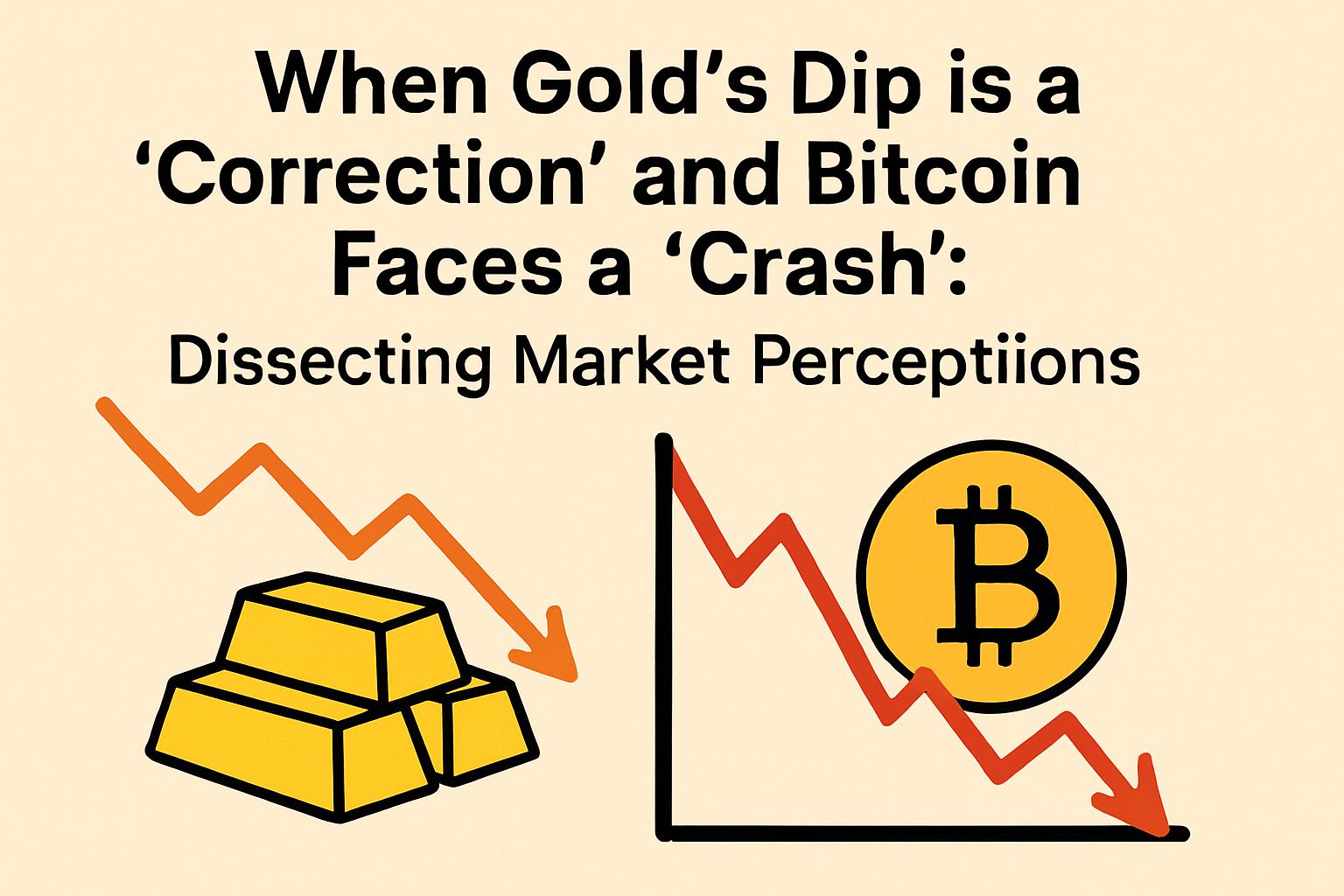In recent weeks, the financial world has been stirred by contrasting market narratives surrounding the value of gold and Bitcoin. An 8% dip in gold prices over two days was largely framed as a healthy correction, while a similar decline in Bitcoin often prompted sensational headlines labeling it as a crash, drawing criticism for media bias.
The Dynamics Behind Gold’s Recent Volatility
The price of gold surged 61% since the beginning of the year, buoyed by geopolitical uncertainties and monetary policy shifts, only to see a sharp pullback this past week. This retracement comes in the wake of central banks globally increasing their gold reserves, a trend intensifying after Western nations froze Russian assets in 2022.
The Federal Reserve’s dovish stance on interest rates, coupled with economic policies under U.S. President Trump, has added momentum to gold’s ascent. This has been further amplified by investors seeking refuge from devaluation risks associated with sovereign debt, leading to_record investments in gold-backed ETFs.
The Media’s Divergent Narratives: Gold vs. Bitcoin
While gold’s drop to below $4,000 sparked few concerns about its intrinsic value, the cryptocurrency community, represented by Bitcoin advocate Anthony Pompliano, has been vocal about the inconsistent media portrayal. Pompliano points out that while gold’s dip is viewed as a pricing correction, Bitcoin’s similar movements are quickly branded as market failures.
Pompliano’s defense rests on the argument that Bitcoin, much like gold, serves as a store of value. Despite Bitcoin’s propensity for higher volatility, the long-term bullish trend is reinforced by increasing institutional interest and ongoing market adoption.
What’s Next for Investors?
Market analysts, including Mount Lucas Management’s CEO Jerry Prior, observe that gold’s intrinsic drivers remain strong. While short-term fluctuations are expected, the overall trend points to a resurgence in value driven by macroeconomic factors.
Conversely, Bitcoin’s recent price action aligns with Pompliano’s earlier predictions, suggesting temporary corrections within a broader price range of $105K to $112K, ultimately laying the groundwork for future gains.
The discourse surrounding these assets highlights a significant divide in perception and underscores the need for balanced market narratives that consider both traditional and emerging financial instruments.
In a rapidly evolving financial landscape, it remains pivotal for investors to discern underlying market forces rather than being swayed by surface level media narratives.

![[News] Bitcoin at a Turning Point? 10x Research Signals a Bullish Macro Shift Ahead](https://cryptoexplores.com/wp-content/uploads/2025/06/new20250616.jpg)
![[News] Binance Lists $HOME, the Gas-Free, Bridge-Free All-in-One DeFi App](https://cryptoexplores.com/wp-content/uploads/2025/06/news20250617.jpg)